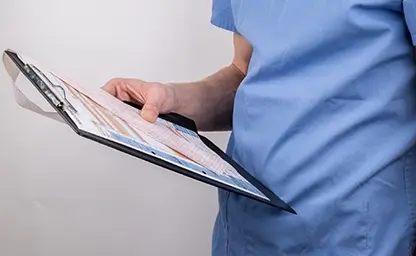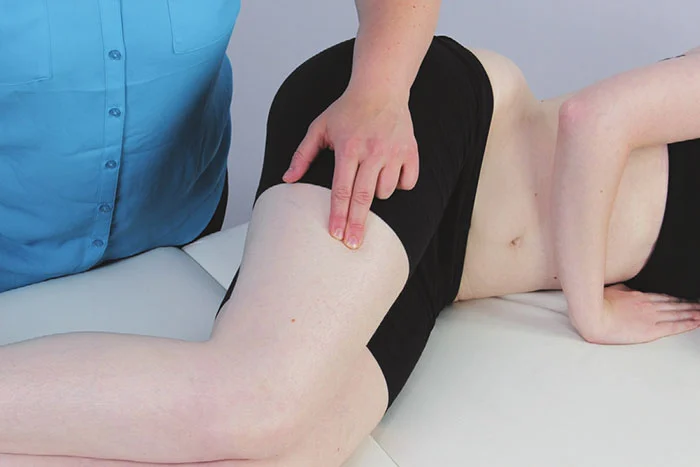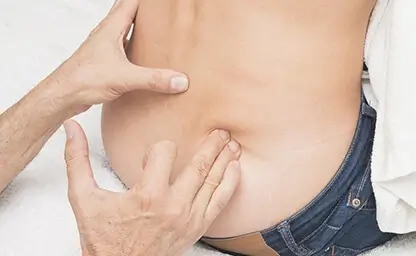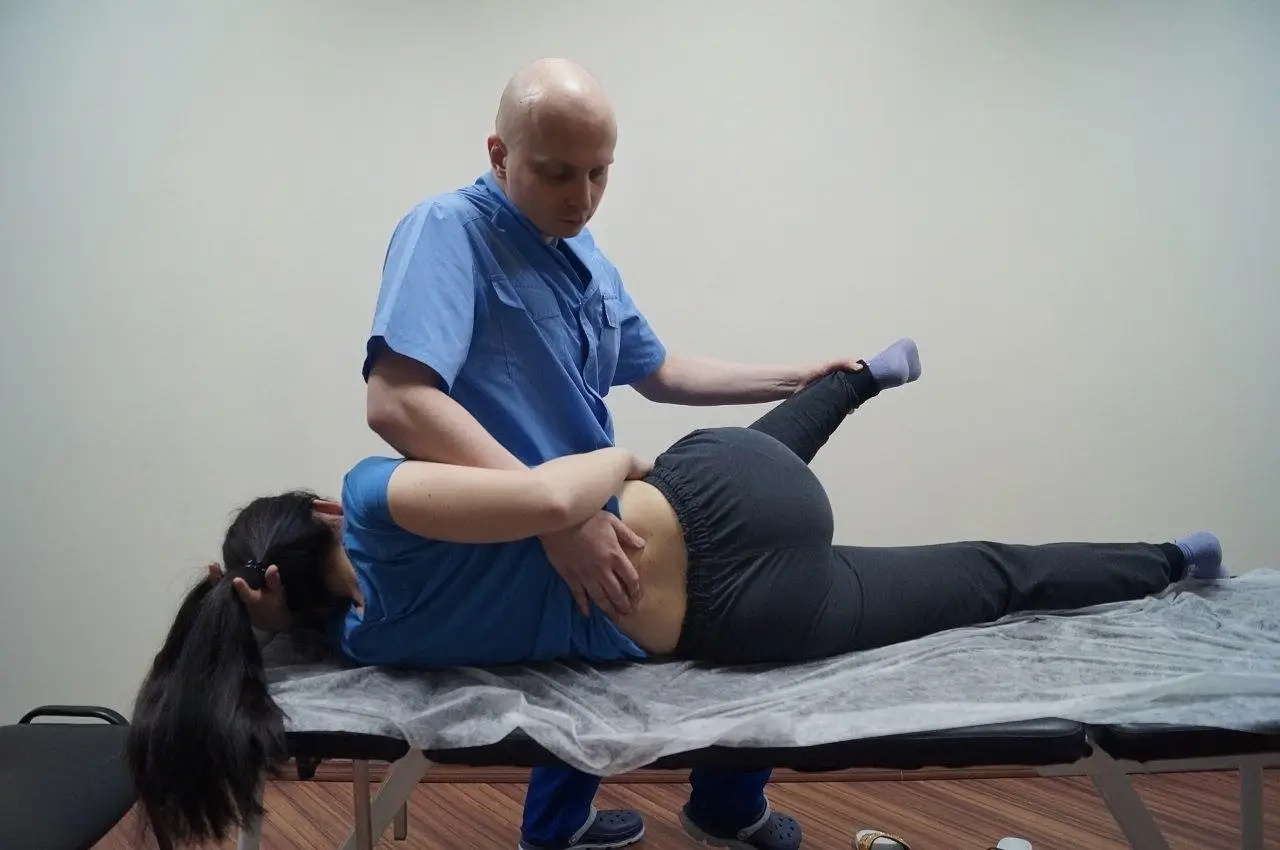

Stecco method of fascial manipulation
FASCIAL MANIPULATION
Fascial manipulation by Luigi Stecco (FM) is a method of manual therapy that targets the fascias of the body, the connective tissue that surrounds all muscles, organs and binds all tissues together. The method was developed by Italian physiotherapist Luigi Stecco and has undergone a long evolution over the past 40 years. The goal is to restore freedom of movement and improve function through specific manipulations of the fascia. Such an in-depth study of the issue in terms of anatomy, physiology and biomechanics has probably not been done by anyone else.
 Fascia is a three-dimensional network of collagen fibers and provides structure, stability and protection to the body. At the same time, it participates in movement because it allows muscles to glide over each other without friction and, on the other hand, transmits force between different muscles and their groups. It adapts to changes in movement and posture and can become thickened or shortened due to injury, inflammation or chronic stress. These fascial restrictions can cause restricted range of motion, stiffness and pain, and even impair the function of internal organs.
Fascia is a three-dimensional network of collagen fibers and provides structure, stability and protection to the body. At the same time, it participates in movement because it allows muscles to glide over each other without friction and, on the other hand, transmits force between different muscles and their groups. It adapts to changes in movement and posture and can become thickened or shortened due to injury, inflammation or chronic stress. These fascial restrictions can cause restricted range of motion, stiffness and pain, and even impair the function of internal organs.
■ Back pain near left shoulder blade. Clinical case.
Principles of Stecco technique of fascial manipulation
- Scientific and evidentiary basis. The method is based on an in-depth knowledge of the anatomy and physiology of the fascial system. Which gives an understanding of where, how, how much, and why to act on the tissues.
- Systematic diagnosis. The study and analysis of medical history, physical examination with special motor and palpatory tests to assess the mobility and function of the fascias, to detect fascial restriction and dysfunction are of paramount importance.
- Treatment by Stecco method. Specific manual techniques are used to influence the identified specific restriction. Manipulation in one place is usually about two to three minutes, sometimes more. As a result, not only the condition of the selected fascia is restored, but also normal movement in the joint, muscle, and possibly a nerve that is restrained by it.
- Holistic approach. The most important part of this approach is a holistic view of the body. The patterns and directions of force transmission in connective tissue and the spread of dysfunction along these circuits are well understood. Which gives a unique tool in diagnosing and treating not only the symptomatic site, but also the associated, sometimes very distant ones.
Advantages of the fascia manipulation techniques
Among its many strengths are the following:
- Mild-tissue, safe method. If you follow the basic rules of application, it is very safe. However, it can be quite painful, but controlled.
- Pain and discomfort therapy. As the restriction is eliminated, not only the soreness of the manipulation, but also the associated pain and dysfunction is gone.
- Normalization of joint motion volume. Fascial manipulation can increase range of motion by not only releasing fascial restrictions, but also by restoring optimal movement patterns.
- Improving the functioning of the surrounding tissues. Not just muscles and joints, but also internal organs, nerves, blood and lymph vessels.
- Less fatigue and faster recovery. Relieving tension and improving circulation speeds recovery and healing, reduces congestion and inflammation.
- Improved athletic performance. Another plus, not only does it relieve pain in a particular area, but regional and global movements are optimized and the risk of sports injuries is reduced.
- The patient can be taught independent massage techniques and exercises, as well as better movements and postures, which gives excellent prospects for stable treatment results and opportunities in osteopathic online consultations.
Stecco fascial manipulation is a powerful manual therapy technique that can help restore freedom of movement, find the real causes of restraint and balance the entire body, including effective treatment of global chain disorders and posture. On my part, it is actively used and in a sense has become the missing link that connects all the other approaches.
☛ Deep connective tissue massage.
☛ Still technique in OMT.




